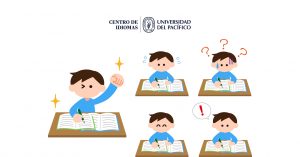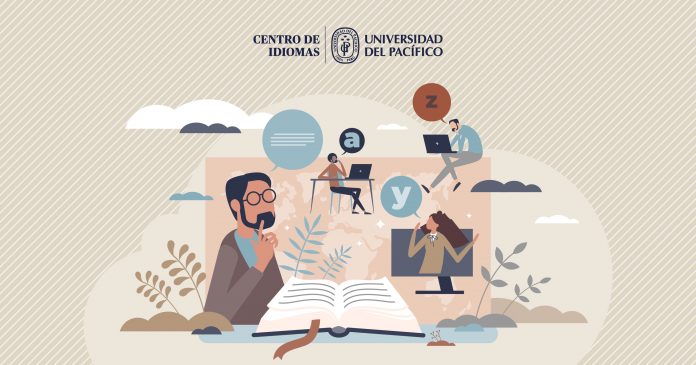How many times have we heard that every challenge is an opportunity? When you see some of your students struggling with decoding the information and getting the right answers to questions about what they have read, you realize that declaration may be easier said than done.
Let’s see what strategies we can employ to help our students develop their reading skills at their own pace, while keeping the fast readers motivated.
We may be familiar with some of the following scenarios:
- Your students seem to read beautifully, but do not quite manage to grasp the general idea and/or what is implied in the text.
- Some students tend to translate word by word when reading and this makes the process terribly frustrating since they are not being aware of collocations, idioms or metaphors, among others.
- Some students have a limited vocabulary and lack knowledge about different topics in English. Moreover, they may not be interested in being well-informed about several topics that are current or important.
What can we do then? Why not using an approach that starts with teaching vocabulary, thinking skills and comprehension in spoken language first, then in reading and finally in written language as a follow-up?  Teach vocabulary: make sure everyone is ready to start working with a related text. Do not only provide definitions; use graphic organizers, pictures, examples; even word formation, everything counts. Remark the importance of using clues from the context to get the meaning of new words. Promote the use of an online dictionary and get the definition and/or synonyms, even idioms!
Teach vocabulary: make sure everyone is ready to start working with a related text. Do not only provide definitions; use graphic organizers, pictures, examples; even word formation, everything counts. Remark the importance of using clues from the context to get the meaning of new words. Promote the use of an online dictionary and get the definition and/or synonyms, even idioms!
Teach thinking strategies: activate prior knowledge so it will be easier for students to connect it with the new information. While reading ask students to predict what may happen afterwards.
Do pair-work: ask students to share their thoughts about what they have read. Encourage them to ask questions or look for further information if needed.
Turn back and check the text when needed: remark that reading does not imply memorizing, so students can go back to the text if they are unsure of an answer or if they missed some details.
Ask questions to verify comprehension: this will help students to think actively while reading and will help them to connect some facts.
Ask students to use a framework: in a very simple way they will get the sequence of events in the story.
Summarize the text: remark to the students the importance of using their own words to rephrase what they have read in a shorter version eliminating unnecessary details and connecting the main ideas trying to include the new words learned. The versions will differ but the sense of achievement is going to be shared by all of them.
Last, but not least important:
Be flexible and tailor the activities so there are open-ended possibilities. This is a very effective way to promote not only participation and but also to include everyone’s contributions.
Have a B or even C Plan for the ones that finish all tasks rapidly. You can ask them to write a text that complements what they have read. They may work in small groups or individually. You have the say since you know your students better.
Use specific-level material. We are very aware that a topic can be seen from different angles; keep in mind that the more meaningful the material for your students, the more relevant for them.
Show you value all of your students’ contributions: in a short-term you will see how much a student can progress when feeling valued. Of course, that would not mean neglecting other students’ effort.
The key to success is simple: students should have the motivation to become active readers, not only to get the right answers, but also to apply the new knowledge in their daily lives.
Do connect information from current events, family issues, their favourite TV series, everything adds up! For learners there is nothing more satisfactory than being able to elaborate on a topic that appears interesting, based on the knowledge acquired by reading in class and shared by our peers!










